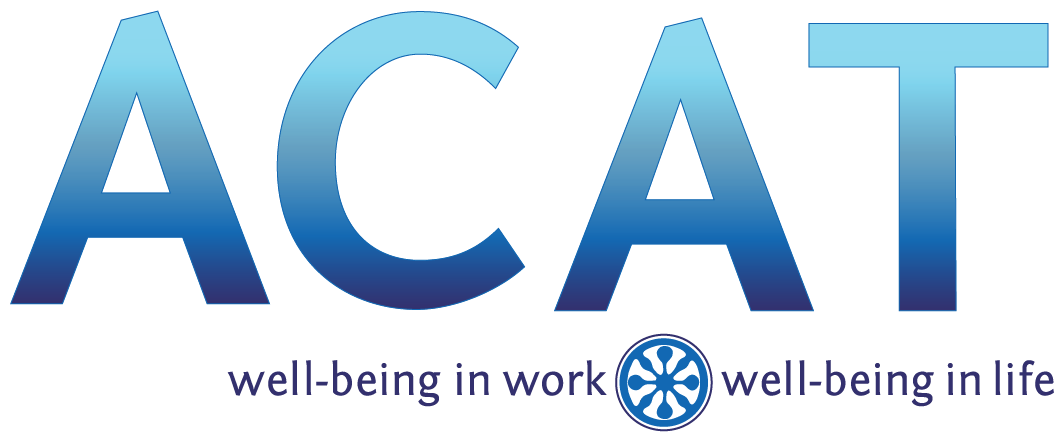by Witold Fitz-Simon
What if your body were a highly evolved and finely tuned organism that uses complex, dynamically responsive mechanisms to track a vast number of data inputs to adapt to a constantly shifting environment, and was able to accommodate multiple, often contradictory directives with subtlety and grace?
What if the aches and pains, the limitations and injuries that you experience as a result of your everyday life were not a result of the flawed workings of a crude machine, but were instead the result of all the things you do in a day that interfere with that complex coordination? What if, in order to stand tall and have good posture, to be grounded on your feet and light on your feet all at the same time, all you had to do was do less or let go of all the pushing and pulling, compressing and collapsing you do to yourself all day and allow that underlying coordination to reassert itself?
Well, guess what? That's exactly the way it works.
In this post. we'll explore a way in which you can become familiar with all the habits that bring you down and give you an opportunity to begin letting them go.
For this exploration, you will need some way to see your own reflection, either a mirror or a window. The ability to see your whole body is preferable, but you can still do this effectively with just a view of your head and upper body such as you would get from a bathroom mirror. If no mirror is available to you, you can still participate. You’ll just have to use your imagination.
Seeing What’s There
Stand in front of your reflection and look at yourself. You could stand head on, or a little bit turned to one side, which would give you a suggestion of what you look like to the side without having to turn your head too far.
Take a few moments to observe yourself and notice what thoughts come to mind.
Acknowledge whatever comes up and then, gently, let go of the thought. Keep doing this until you are able to see yourself without the filter of mental chatter.
If you are working without your reflection, spend time experiencing what it is like to be standing and go through the same process of acknowledging whatever thoughts and impressions come up and letting them pass on without engaging them until your experience can be clear of chatter.
I should note that this is a practice that you could spend years exploring. The chatter will always be there, that’t the way the mind works. The important thing is that you be able to see yourself or experience yourself without getting caught up in the chatter.
Examining Expectations
As you observe yourself, notice what expectations you might have about standing and posture and notice if you feel you are meeting those expectations. These might be something like your chest should be lifted, your back should be straight, your shoulders should be down, things like that.
Notice if you are doing anything to live up to those expectations.
Notice if being consciously aware of the expectations makes you want to do something to live up to them that you aren’t doing already.
Notice how living up to those expectations makes you feel. They might make you feel strong and powerful, or perhaps somehow inadequate. They might make you feel energized, or they might make you feel tight or pain in some way. Don’t have an expectation about how you should feel, but become aware of what you are actually feeling in the moment, no matter how fleeting or silly it might be.
Whatever you become aware of, notice what value you ascribe to it (good, bad, etc.).
Explore Doing Less
Explore what it would be like to let go of, or do less of whatever you notice you’re doing.
As you start to unwind, the way you feel might begin to change. Whatever you notice, acknowledge the change in the same way that you acknowledged the chatter. Let it be there in your awareness without going into it.
Stay with the practice for three or four minutes, long enough to give you time to not be rushed. And allow the changes to happen.
Integrate What You’ve Observed
Having spent your time exploring how you stand, write down what you learned to make it concrete. You might jot it down on a piece of scrap paper and never look at it again, or you could write it in a notebook or a journal so you can refer back to it in the future. This can be a fun thing to do if you do this practice regularly to see what patterns or changes emerge over time.
A version of this post originally appeared at witoldfitzsimon.com
WITOLD FITZ-SIMON has been a student of the Alexander Technique since 2007. He is certified to teach the Technique as a graduate of the American Center for the Alexander Technique’s 1,600-hour, three-year training program. A student of yoga since 1993 and a teacher of yoga since 2000, Witold combines his extensive knowledge of the body and its use into intelligent and practical instruction designed to help his students free themselves of ineffective and damaging habits of body, mind and being. He can be found at witoldfitzsimon.com

